by Teacherlem Iglesias
AFTER teaching my students the basic watercolour techniques, mind mapping and creating thumbnail sketches, we decided to reinforce all these topics in our final term project called “Theme Interpretation”– this is basically following a creative process to create an artwork based on a given theme.
We assigned the students the theme “Here and Now” to interpret in a painting. This was the theme from an art contest they were scheduled to join. So, this art project had two purposes: (1) To evaluate what the students have learned about the creative process and (2) To create entries for the art competition. Students will receive a grade after accomplishing the requirements of the project, and they may also win a prize for their hard work.
Given the right classroom condition,”competition is a good motivation”. And, it is also a good opportunity to evaluate student-learning while synthesizing knowledge after several lessons have been covered.
But how do you proceed from a given theme to a painting?
The First Meeting
*Take note that our Art Class is for two consecutive periods (40 mins per period).
40 minute period for BRAINSTORMING
As explained in a previous post, brainstorming oftentimes starts with ‘words’ that describe an idea. And, descriptions are more often referred to in general terms that you need to narrow down into specifics. So, the theme “Here and Now” for this project needs to be discussed to a degree where students would understand clearly what is being required to illustrate.
Contest Organiser Elżbieta Skiba-Posikata have given an explanation about the theme on the website for the contest. Here’s an excerpt:
“…What is the most important in our life? What is of the greatest value for us at this moment?…. Let’ s provoke reflection on your life, on the life of your family…. on the beauty of the nature, on the beauty of your typical day….”
After allowing students to ponder on this clue, we discussed the key words that had struck them and their meanings. They came up with three keywords: “Nature”, “People” and “Activities”.
Having narrowed down the idea, We asked the students to play a game called “word association” and create a table to list down all images or symbols they could associate with the three key words. We reminded them that these should be words that they can draw later on. Sample below:
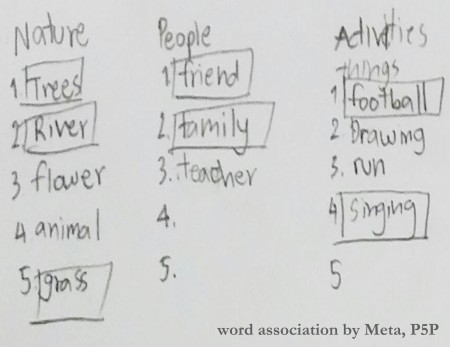
40 minute period for THUMBNAILS
Based on the table they created using word association, We asked the students to decide which images or objects they would like to include in their drawings. They then narrowed their choices to one or two images per table. For example, one of the students chose:
Friends and Family from the “People” table
Tree, River and Grass from the “Nature” table and
Football and Singing from the “Activities” table.
The next task was to put all six images in one composition that would show:
Friends and family playing football and singing surrounded by trees and grass near a river (this would vary depending on each student’s word association table)
The students were then required to create three thumbnail variations of this idea, showing different compositions and layouts on A6-sized paper.
To cap this part of the process, students were asked to colour one thumbnail that they liked – the one that was best to be enlarged into an A4 size artwork later.
*Thumbnails below by Meta, P5P
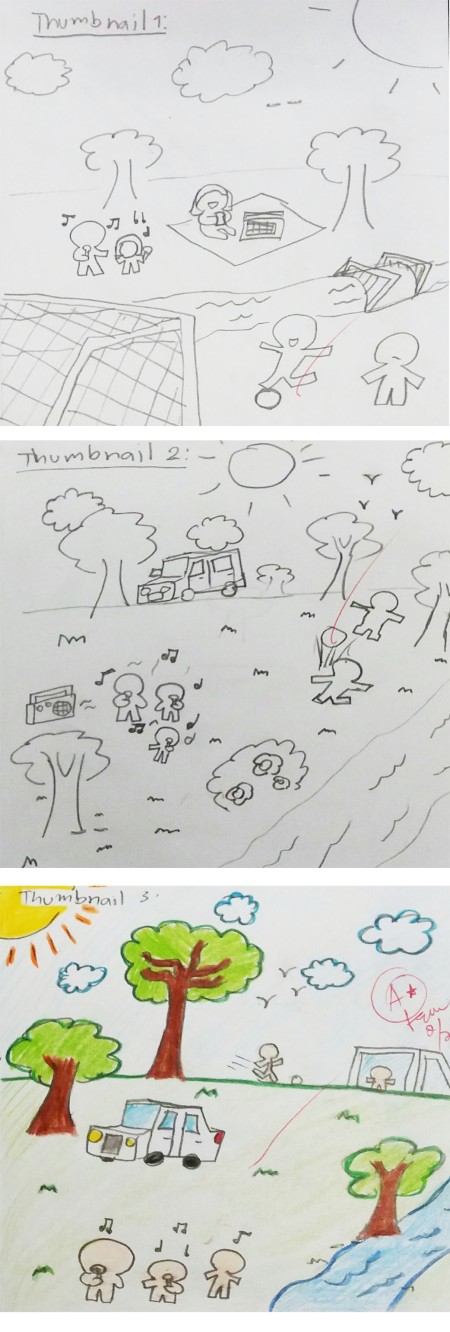 Second Meeting
Second Meeting
40 minutes for WATERCOLOUR DEMO
40 minutes for WATERCOLOUR PRACTISE
Before starting on their paintings, We gave the students a quick recall lesson on the eight basic watercolour techniques.
- Flatwash
- Graded Wash
- Variegated Wash
- Transparency
- Salt Textures
- Alcohol Textures
- Wax Resist
- Spatter
*Sample below by Japan, P6J

We demonstrated once more how each technique is done and made videos to reinforce the procedures involved (We played it every time a student had a question on how to do it– watch the first 4 techniques here, next 4 techniques here). They were later asked to recreate the techniques on a practise paper.
The purpose of this part was to prepare the students for the next procedure in which they will be required to use at least four watercolour techniques on their painting about the theme “Here and Now”. This was also done to evaluate their skill and understanding on how each technique can be used in an artwork.
Third and Fourth Meeting
80 minutes to DRAW and PAINT (3rd meeting)
80 minutes to CONTINUE and FINISH (4th meeting)
The last part of the project was to create a final version of the students’ interpretation of the theme “Here and Now”. They were to make one painting based on the thumbnail they had chosen, using the watercolour techniques they had learned.
Students often asked if they could still make changes on their design. We agreed only if they were to submit an additional thumbnail that showed the changes. They were also to explain why they think the changes were important to their final piece. This was to make them more cautious about their decisions in making an artwork, since both good and bad ideas can sometimes only be determined if illustrated and seen on paper.
Those who were ready to paint were given a total of 2 hours and 40 minutes to finish their work (basically two regular meetings). They were asked to start drawing and painting on the first meeting in order to still have enough time to finish the painting by the second meeting. Based on the results below, the schedule worked well.
Here are some of the best ideas and artworks based on the theme “Here and Now”, which we received from Primary 5 (age 10-11) and Primary 6 (age 11-12).
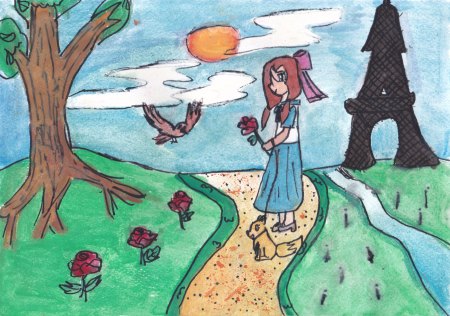
Artist: Jai-Jai / Class: Primary 5P
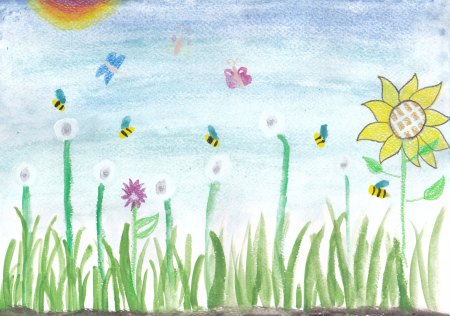
Artist: Anna / Class: Primary 5L

Artist: Mod / Class: Primary 5H
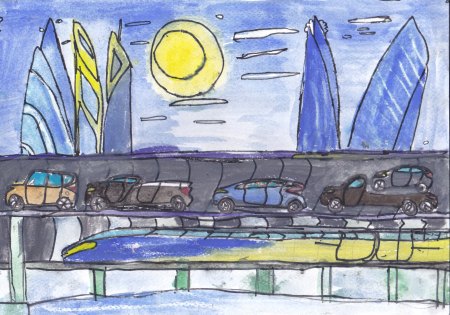
Artist: Patrick / Class: Primary 5L

Artist: Palmy / Class: Primary 6L

Artist: Praew / Class: Primary 5P
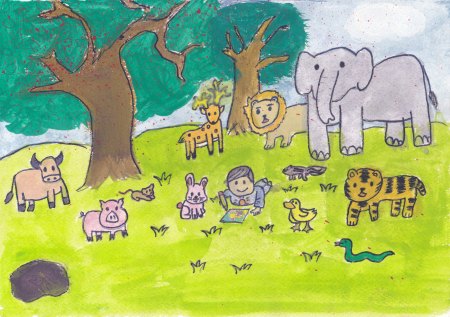
Artist: Famous / Class: Primary 6J
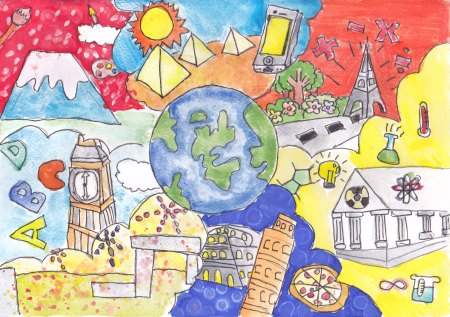
Artist: Tintin / Class: Primary 6L
Do try this project with your students.
I hope your class will have as much fun as we had.
Please comment below or
Like my Facebook Page.
Better yet follow me
on Twitter and Instagram.
See you next time 🙂
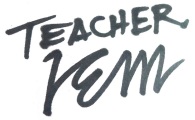



I love this post! Thank you so much for sharing your ideas. I’ve found your Facebook page and given it a LIKE. I look forward to reading more of your blog posts.
LikeLike